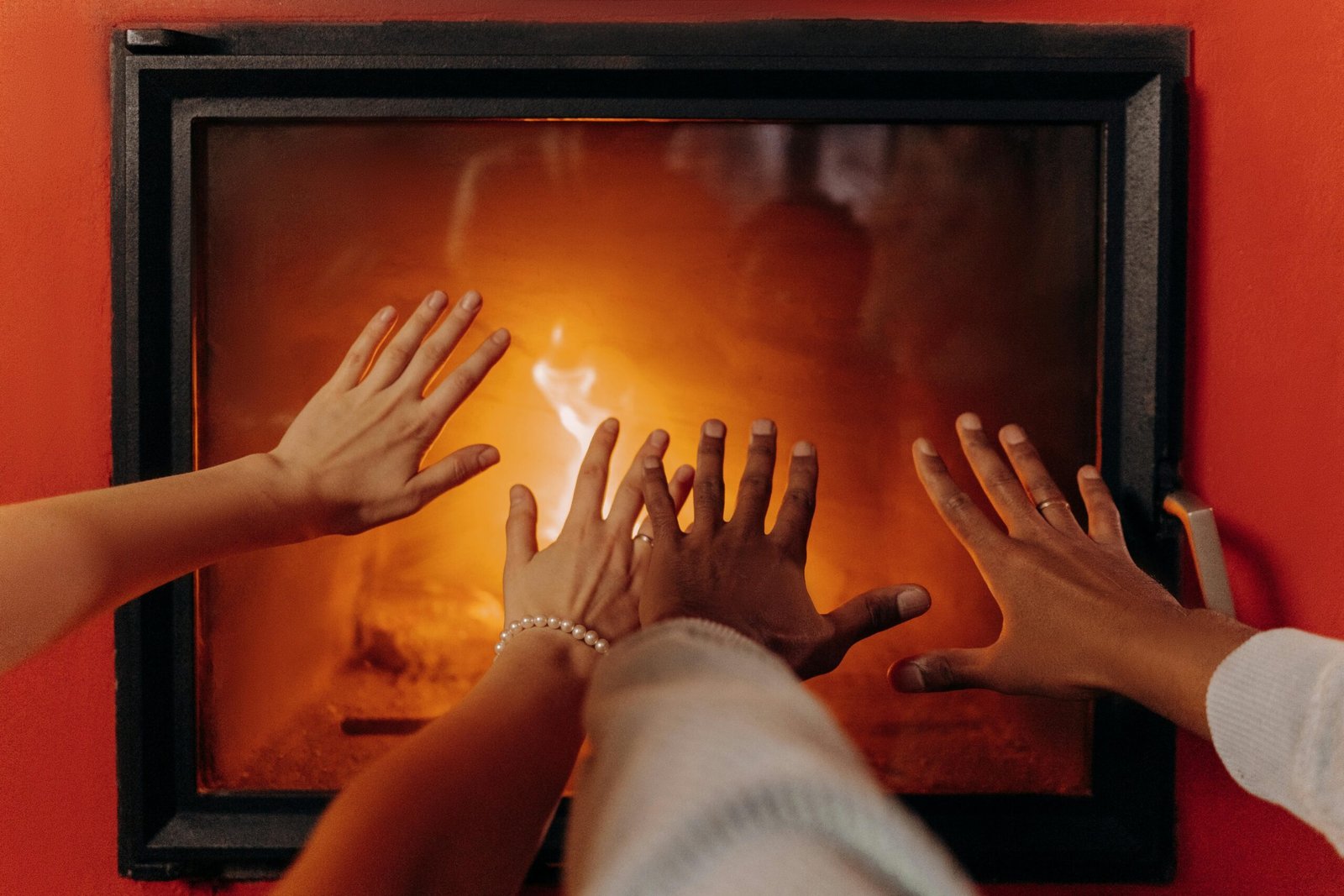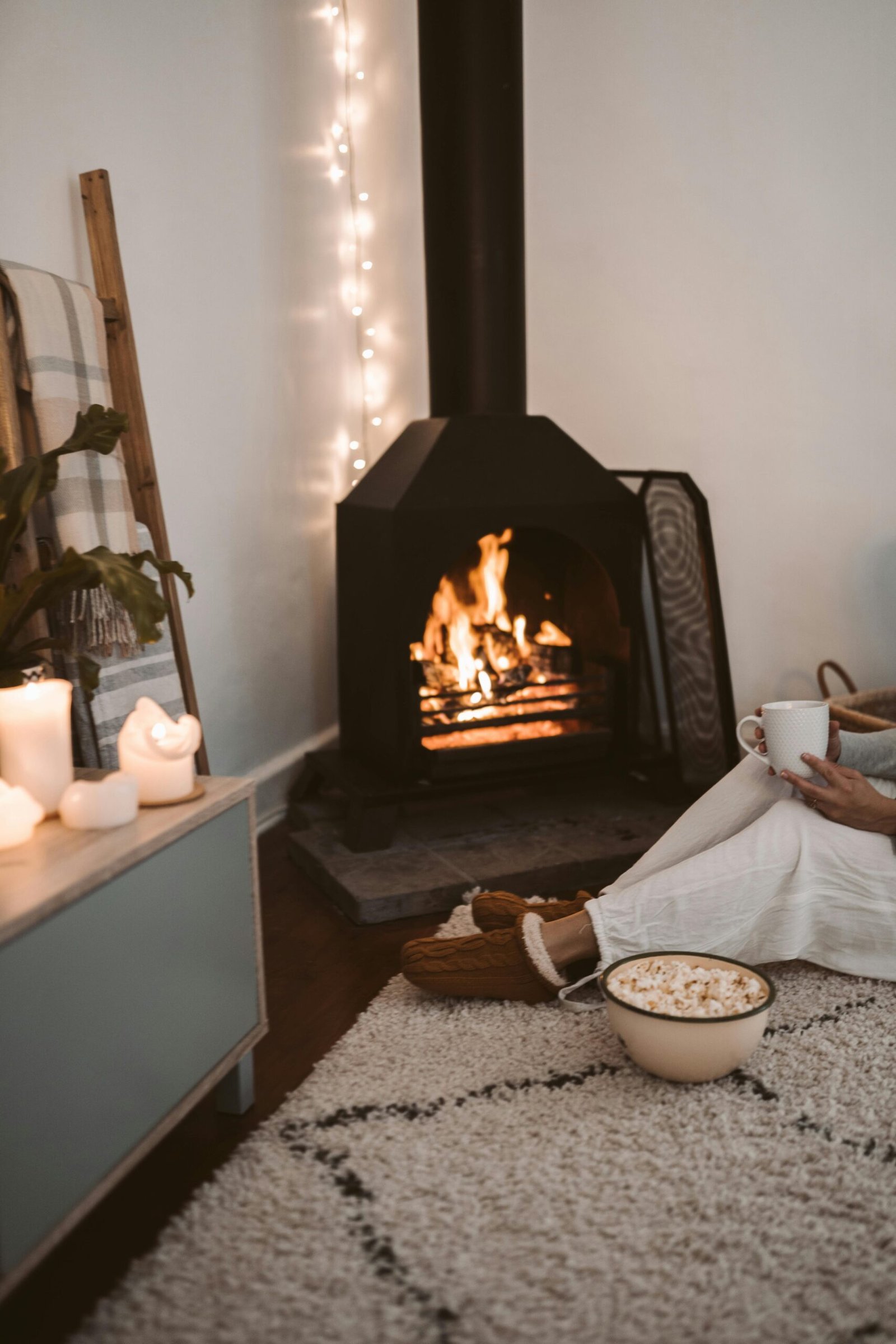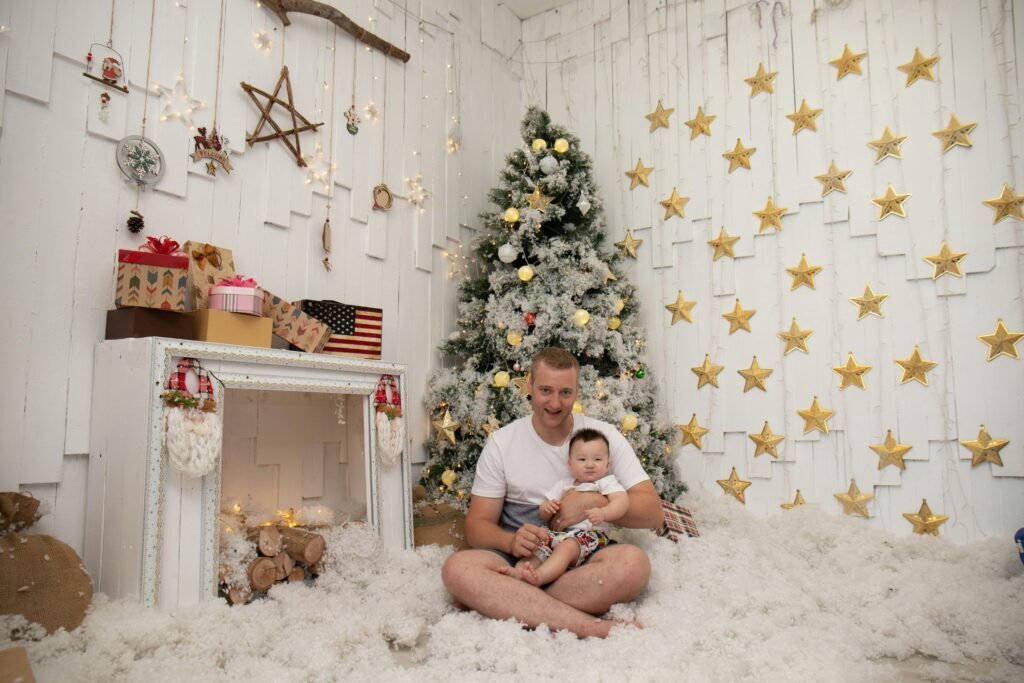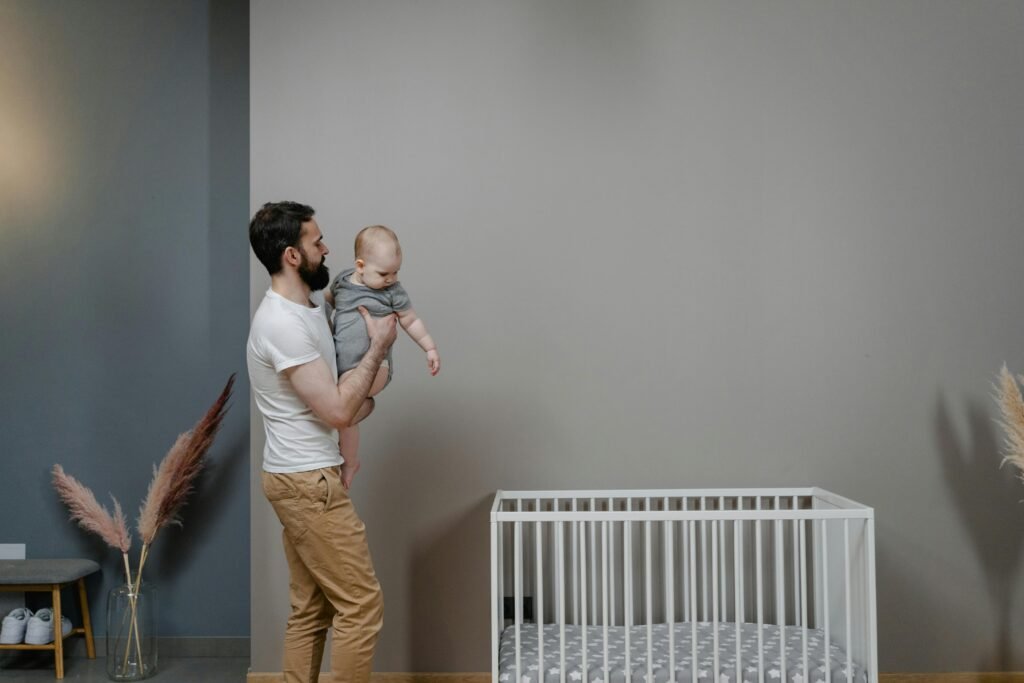A fireplace is a cozy focal point in any home, especially during chilly evenings. But for families with curious little ones, it can also be a source of worry. From open flames to sharp edges, fireplaces pose unique risks for babies and toddlers. The good news? With the right precautions, you can safely enjoy your fireplace without compromising your child’s security.
This guide will walk you through the risks, types of fireplaces, and actionable steps you can take to baby-proof your hearth. By the end, you’ll have the confidence and tools to create a safe, warm, and inviting family space.
Why Baby-Proofing Your Fireplace is a Must
“Baby-proofing your home should start with a thorough assessment of potential hazards, and fireplaces are high on that list,” advises Dr. Laura, a pediatrician specializing in child safety.
Fireplaces are an attractive danger zone for young children. The dancing flames, shiny tools, and ornate mantels capture their attention. But this area also harbors risks, from burns to tipping hazards. By installing proper safety measures, you’ll gain not only peace of mind but also protect your little one from preventable injuries.

Understanding the Risks
Parents may underestimate the variety of hazards that fireplaces present. Here’s an overview of the most common risks to be aware of:
- Burns: Hot glass doors, metal grates, and open flames can cause severe burns, even minutes after the fire is extinguished.
- Sharp Edges: Hearth edges and accessories like pokers or tongs can lead to bruises and cuts.
- Tipping Hazards: Loose screens, tools, or decor items can topple over if grabbed by little hands.
- Toxic Materials: Some fireplaces use chemicals, such as gas logs or cleaning products, which can be harmful if accessed by young children.
Types of Fireplaces and Their Safety Concerns
Different fireplaces come with unique safety needs. Here’s a quick breakdown:
- Wood-Burning Fireplaces:
- Risks: Open flames, flying sparks, and leftover ash.
- Safety Tip: Requires robust barriers like a fireplace screen or hearth gate.
- Gas Fireplaces:
- Risks: Very hot glass doors and potential gas leaks.
- Safety Tip: Install safety screens and always turn off the gas when not in use.
- Electric Fireplaces:
- Risks: Hot surfaces and exposed cords.
- Safety Tip: Use outlet covers and install a barrier to keep little hands away from the glass.
A Step-by-Step Guide to Baby-Proofing Your Fireplace
1. Install a Secure Fireplace Screen
An essential first step! Opt for a screen that covers the entire fireplace opening and ensuresa it’s sturdy enough that little hands can’t knock it over. For wood-burning fireplaces, consider spark-proof screens for added protection.
2. Add a Hearth Gate
For extra safety, install a hearth gate around your fireplace. These gates create a physical barrier that keeps children at a safe distance. Look for gates:
- Made from durable materials
- With no more than 3 inches between vertical bars to prevent entrapment
- Anchored to the wall for maximum stability
3. Cushion the Hearth Edges
If your hearth has sharp edges, add heat-resistant corner and edge bumpers. These protect children from bumps and bruises in case of a fall.
4. Secure Fireplace Tools and Accessories
Store pokers, tongs, and other tools out of reach in a locked cabinet or on a high shelf. You can also opt for childproof storage boxes for added convenience.
5. Gas and Electric Fireplace Precautions
- Gas Fireplaces:
- Turn the gas off when not in use.
- Install a safety screen over glass doors to prevent burns.
- Secure remotes and switches out of a child’s reach.
- Electric Fireplaces:
- Hide or secure power cords using cord covers.
- Keep decorative items, like candles or logs, completely out of reach.

DIY vs Professional Baby-Proofing
DIY Baby-Proofing
If you’re handy and love a good project, DIY baby-proofing can save you money. Ensure you thoroughly research and properly install safety devices to avoid exposing your child to risk.
Professional Baby-Proofing
Hiring professionals comes with added costs, but it also provides peace of mind. “Fireplace safety should be a top priority for families with young children. Professional installation ensures all safety measures are effective and compliant,” notes Fire Safety Specialist, Elena P.
Routine Safety Checks are Key
Adding safety features isn’t a one-and-done task. Regular maintenance ensures your home stays safe as your baby grows. Create a checklist to:
- Verify the stability of gates, screens, and bumpers monthly.
- Inspect your fireplace for cracks, debris buildup, or wear and tear.
- Store fire-starting materials like matches or lighters completely out of reach.
Bonus Tips for Childproofing Your Home
While your fireplace is now secure, childproofing other areas in your home reinforces overall safety. Here’s how you can get started:
- Cabinet Locks: Install locks on cabinets containing cleaning supplies or sharp objects.
- Outlet Covers: Protect kids from electrical hazards by covering unused outlets.
- Furniture Anchors: Secure heavy furniture to walls to avoid tipping incidents.
- Window Guards: Prevent falls by installing safety guards on windows.
Enhancing Safety and Comfort for Your Family
Keeping your baby safe doesn’t mean you have to compromise on a cozy home. With a few mindful adjustments, you can enjoy the warmth of your fireplace without worry. “Ensuring proper installation of safety devices and regular checks can significantly reduce the risk of accidents,” reminds Dr. Laura.
Invest in baby-proofing products now and relish the joy of a safe, comfortable space for your family. For more expert advice and resources on home safety, stay connected with our blog for additional tips and insights to make your home the haven it’s meant to be.



